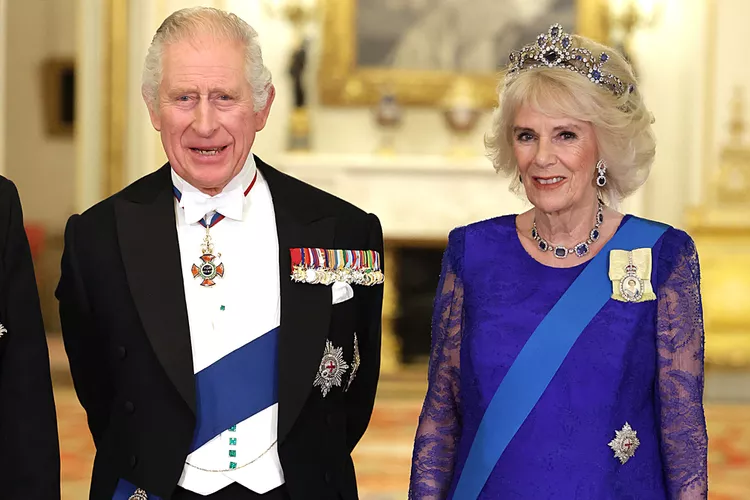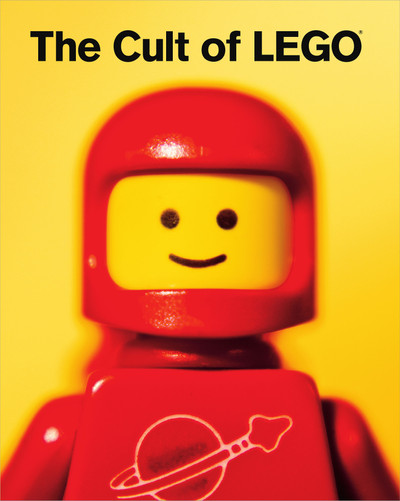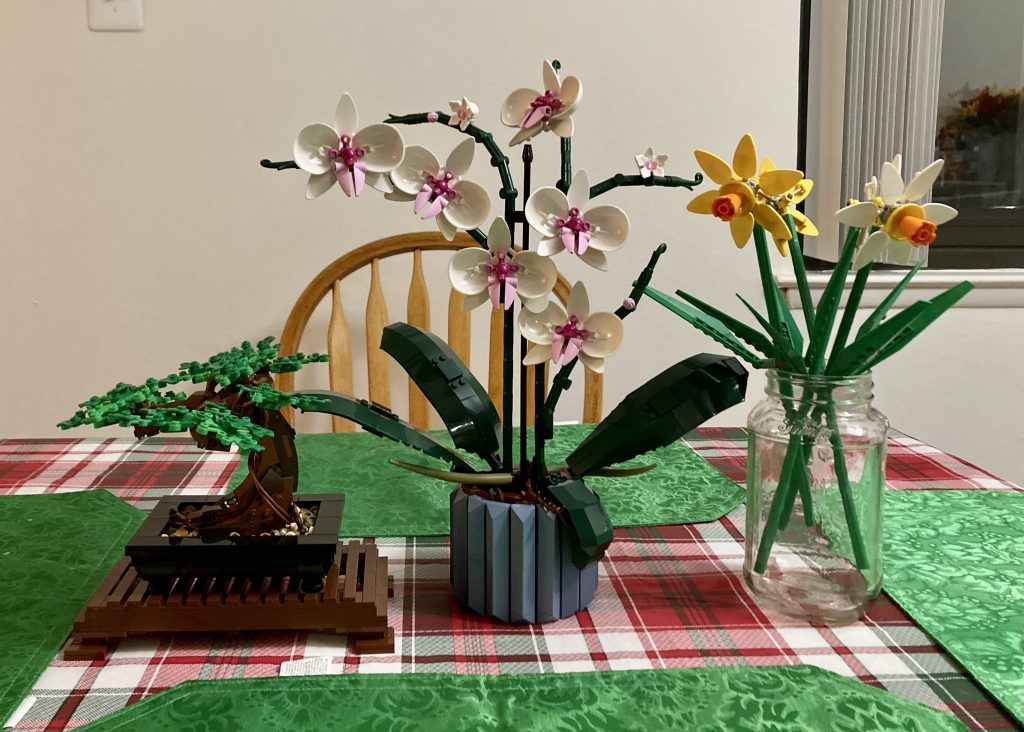Dig Deeper: Sinéad O’Connor

Sinéad O’Connor. Image courtesy of Michel Linssen (Getty Images).
“Maybe it was mean, but I really don’t think so. You asked for the truth and I told you.”— Sinéad O’Connor
Shuhada’ Sadaqat (previously Magda Davitt), known professionally as Sinéad O’Connor, Grammy Award-winning artist, passed away Wednesday, July 26, at the age of 56. The Irish singer-songwriter was known for her “powerful, evocative voice” and her “political provocations onstage and off.”
O’Connor was discovered by Paul Byrne, a drummer with ties to the Irish band U2, when she sang “Evergreen,” the theme from A Star Is Born at a wedding. She would go on to release 10 studio albums. Her breakout album, 1990’s “I Do Not Want What I Haven’t Got” included O’Connor’s cover of Prince’s “Nothing Compares 2 U.” The album won O’Connor a Grammy Award in 1991 for best alternative music performance.
Through her life, O’Connor spoke out against abuse in the Catholic Church, social injustice, commercialism, and misogyny in the music industry. She was also an advocate for mental health. Never backing down in her convictions, which “became increasingly erratic” towards the end of her life, O’Connor “rarely shrank from controversy, but it often came with consequences for her career.” As she stated in her memoir, “Everyone wants a pop star, see?…But I am a protest singer. I just had stuff to get off my chest. I had no desire for fame.” O’Connor did just that, as Dave Holmes writes in Esquire, “Ireland on the day of Sinéad’s death is vastly different from the country she was born into…A once-repressive country has become one of the world’s most progressive.”
Dig deeper to learn more about O’Connor.
Falvey Library Resources:
- Why Sinéad O’Connor Matters (McCabe, 2023)
- Nothing Compares (Ferguson, K. & O’Connor, S., 2023) *DVD
- Five Irish Women: The Second Republic, 1960-2016 (Nolan, 2019)
- Book World: Sinéad O’Connor Was a Star, Then a Pariah. She Claims She Wouldn’t Change a Thing (The Washington Post, 2021)
- Sinéad O’Connor Doesn’t Recall It That Way (The New York Times, 2021)
- Sinéad O’Connor (TIME, 2020)
- Ireland and the Magdalene Laundries: A Campaign for Justice (O’Donnell et al., 2021)
Additional Resources:
- Sinéad O’Connor (Official Website)
- Rememberings (O’Connor, 2021)
- The Controversial Saturday Night Live Performance That Made Sinéad O’Connor an Icon (TIME, 2023)
- Sinéad O’Connor Obituary (The Guardian, 2023)
- Sinéad O’Connor, Irish Singer-Songwriter Famous for “Nothing Compares 2 U,” Dies at 56 (CBS Mornings, 2023)
- Sinead O’Connor’s Life in Pictures (The New York Times, 2023)
- The Unapologetic Brilliance of Sinéad O’Connor (The New Yorker)
- Sinéad O’Connor, Acclaimed Dublin Singer, Dies Aged 56 (The Irish Times, 2023)
- ‘I’m Just Like Anyone Else’: Read Sinéad O’Connor’s First Rolling Stone Profile (Rolling Stone, 1988)
- Who’s The Boss? Sinead O’Connor Has A New Answer (NPR, 2014)
- Sinéad O’Connor Has A New Memoir … And No Regrets (NPR, 2021)
- Nothing Compares 2 U (Official Music Video)
References:
- Ireland’s Last ‘Magdalene Laundry’ Will Become a Memorial—The New York Times. (n.d.). Retrieved July 27, 2023, from https://www.nytimes.com/2022/03/31/world/europe/ireland-magdalene-laundry-women-abuse.html
- Sinead O’Connor, Evocative and Outspoken Singer, Is Dead at 56—The New York Times. (n.d.). Retrieved July 27, 2023, from https://www.nytimes.com/2023/07/26/arts/music/sinead-oconnor-dead.html?searchResultPosition=5
- Singer Sinead O’Connor dead at 56: NPR. (n.d.). Retrieved July 27, 2023, from https://www.npr.org/2023/07/26/529671631/irish-singer-sinead-oconnor-has-died-at-56
- Sinead O’Connor, Dead at 54, Was Right All Along. (n.d.). Retrieved July 27, 2023, from https://www.esquire.com/entertainment/music/a44655422/sinead-oconnor-death-tribute/
 Kallie Stahl ’17 MA is Communication and Marketing Specialist at Falvey Library.
Kallie Stahl ’17 MA is Communication and Marketing Specialist at Falvey Library.





 Shawn Proctor, MFA, is Communication and Marketing Program Manager at Falvey Library.
Shawn Proctor, MFA, is Communication and Marketing Program Manager at Falvey Library.
 Kallie Stahl ’17 MA is Communication and Marketing Specialist at Falvey Library.
Kallie Stahl ’17 MA is Communication and Marketing Specialist at Falvey Library.

 Julia Wagner ‘26 CLAS is a Communication major from New Hampshire (Go Patriots!). She works as a Communication & Marketing Assistant at Falvey Library.
Julia Wagner ‘26 CLAS is a Communication major from New Hampshire (Go Patriots!). She works as a Communication & Marketing Assistant at Falvey Library.




 Ethan Shea is a second-year graduate student in the English Department and Graduate Assistant at Falvey Library.
Ethan Shea is a second-year graduate student in the English Department and Graduate Assistant at Falvey Library.